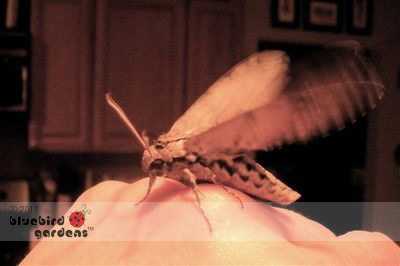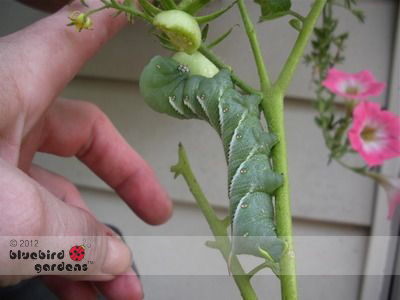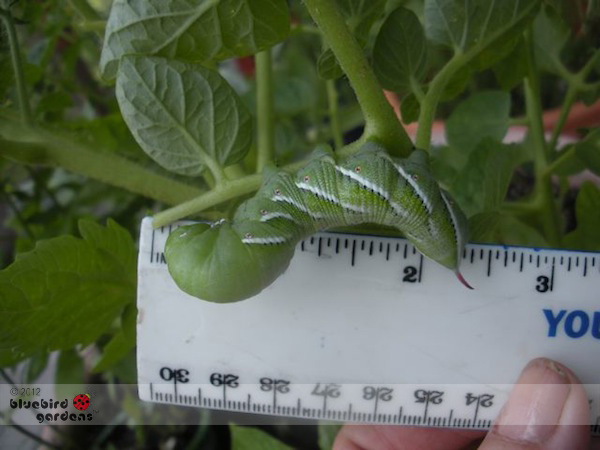Is it a Bird, a Plane….
/


I knew the night I was sitting on my deck and was hit on the head by something grey flying by, I had a bat. I was wrong; it was a moth. The Carolina Sphinx Moth has to be one of the - well, cutest - moths around. It has huge black eyes, and when it's at its full 4-inch size, it does resemble a small bat. Carolina Sphinx Moths move among flowers at dusk and hang around outside lights at night. What I didn't expect was to find how they get a start in life as tobacco horn worms.
Yes, those very elegant, green caterpillars with 7 white stripes down their sides eating our tomato plants for a couple of weeks, fall into soil to pulpate, them turn into these really charming moths.
Boy, did I feel guilty about all the tobacco horn worms I've picked off tomato plants over the years and, without a second thought , dispatched under my shoe. Not that I don't want tomatoes. Since we're having record hot temperatures, and little is flowering and setting fruit, I decided to let tobacco horn worms eat to their heart's content. After all, don't we all plant far more tomato plants, and get more tomatoes than we can ever eat?
I know I do, and I have more than enough to share.
Guilt is a great motivator.
I have been periodically tempted to use pesticides in my garden but, after thinking about honeybees dying in part because of continued pesticide use, I don't. It's not just because of bees. The trade-off is a few, slightly-munched on tomatoes in exchange for garden helpers who are part of a garden's natural community, with each bug having an important role to play. In addition to pollinating flowers, tobacco horn worms are also hosts to wasps, who lay eggs on horn worms. There are several pesticides that kill horn worms, but they also kill off all caterpillars that become beautiful Swallowtail butterflies this year.
I think I can spare a few leaves for a hungry hornworm.











